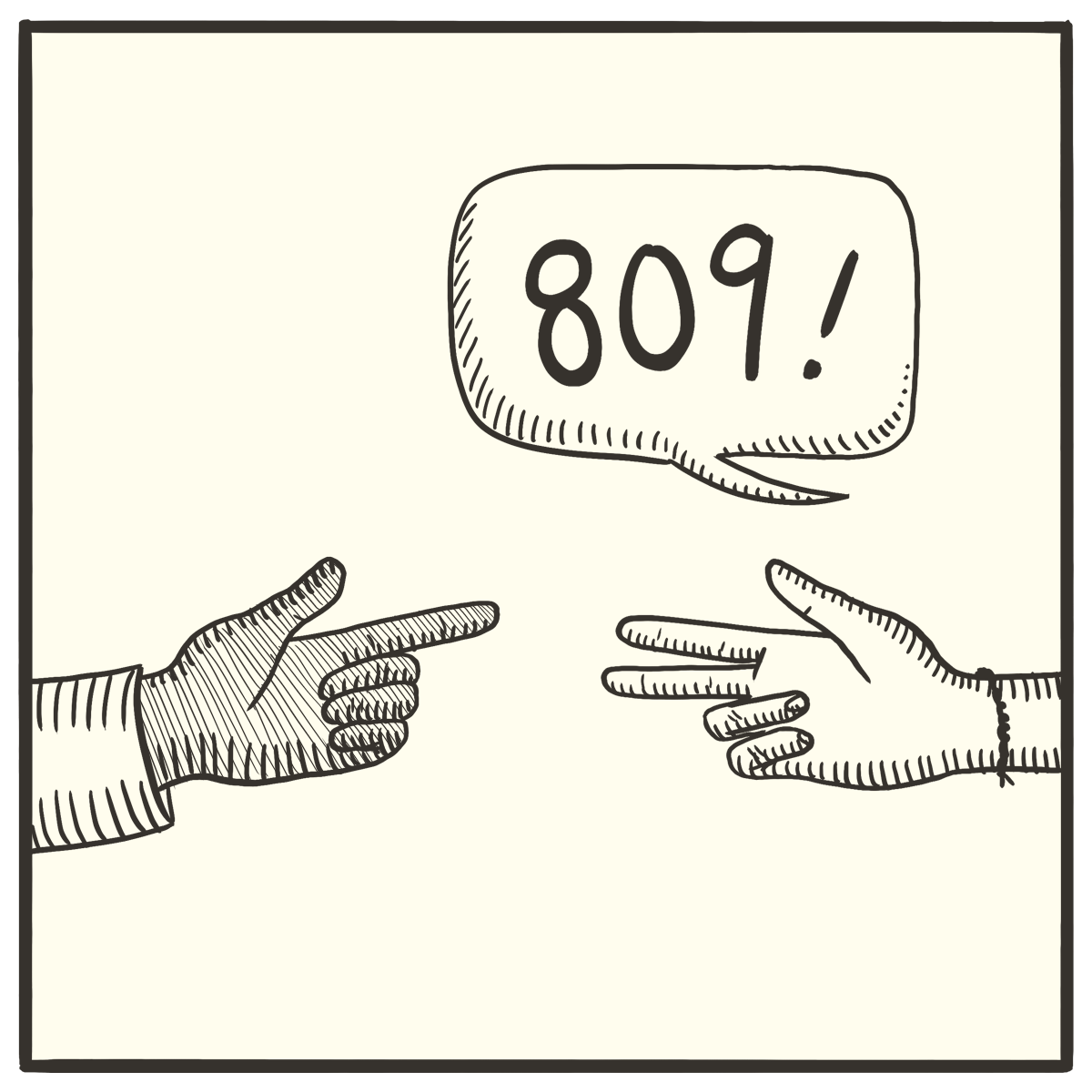
1. A problem
There are more and more hints that we’re skipping the most useful tool when we teach math — and that when we help kids use it, they can use numbers intuitively.
2. Basic plan
Teach finger math.
Q: You mean, counting on fingers?
Not the naive “any finger = 1” system that we try to get kids to stop using, but the elaborate systems that let kids use their hands as literal abacuses.1
Start by helping them use a tried-and-true method of using their fingers to count to 99. Then teach them to use that method to add, subtract, multiply, and divide without having to think.
And then teach tweaks for going much, much higher.
3. What you might see
Kids enthusiastically counting on their fingers, and developing a full sense of place value and the base-ten system. Eventually, kids transitioning to abacuses, and then to freaky feats of mental math.
4. Why?
We make arithmetic too hard when we force kids to do it with their prefrontal cortexes.
Q: Quit your science blather!
No, no — you’ll want to understand this!
The cortex is the top, wrinkly layer of your brain. (It’s Latin for “bark”, ’cuz it looks like tree bark.) The prefrontal cortex is just the chunk of the cortex that’s at the front, hanging out above your eyes:
This is where you plan, make decisions, and control your impulses. If you could pick one part of the brain that mainstream education focuses on, this would be it.
But the PFC2 isn’t the only part of the cortex.
Right behind it is the part of your brain that wires directly to the rest of your body: the “somatosensory cortex”:3
In fact, specific parts of it wire directly to specific parts of your body:
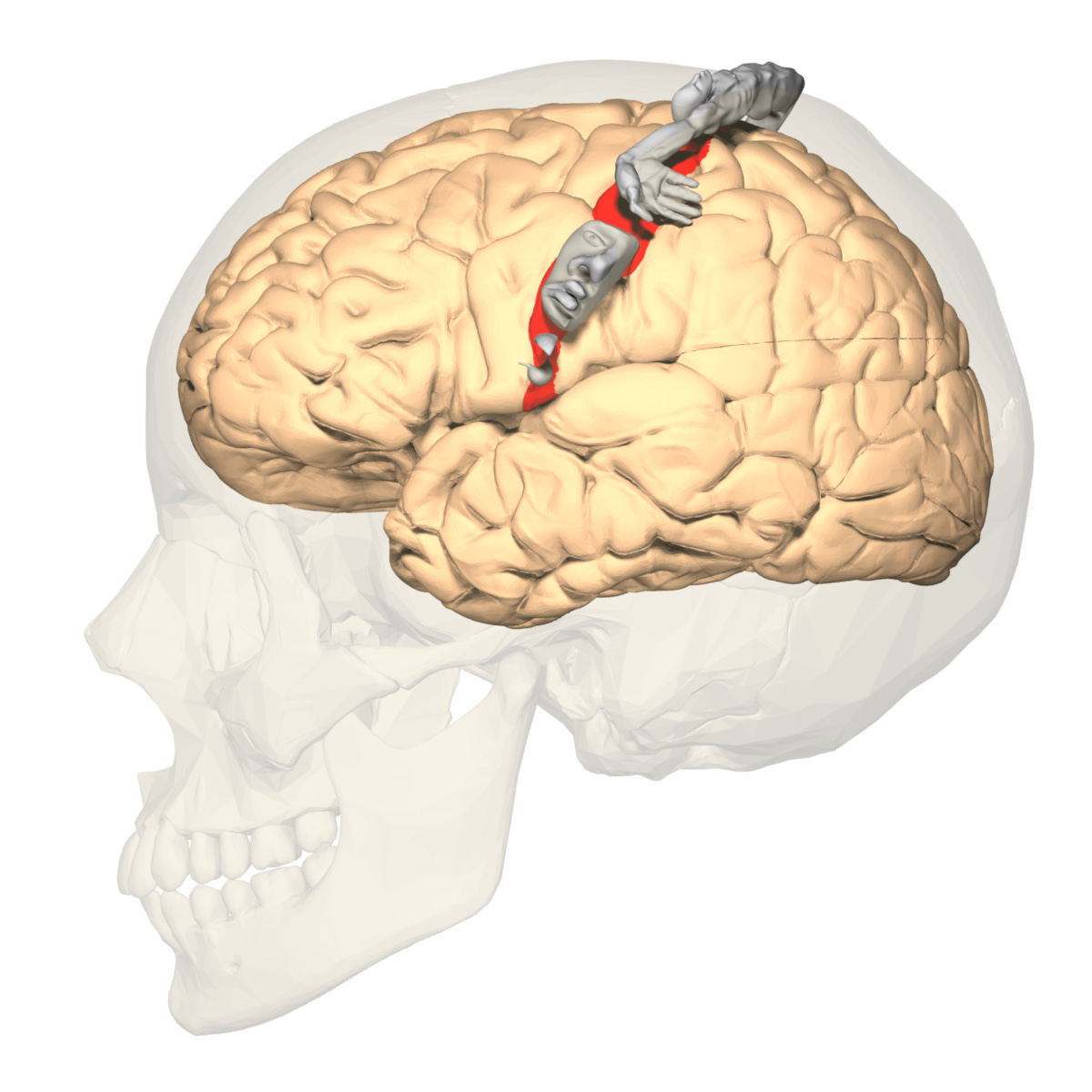
This is to say that our bodies (and especially our hands) are cognitively privileged.4 When kids are trained to do math with their fingers, they can let their PFC relax, and do higher-level work.
When we don’t actively teach kids to do math with their fingers, we’re not letting them calculate with their whole brains.
5. Egan’s insight
Where do we see this in the human experience?
This is literally where abacuses come from. Before written numbers, people thought about numbers with their fingers. (Did you ever wonder why we use a base-10 system, or call numbers “digits”?)
How might this build different kinds of understanding?
You can’t spell “somatosensory cortex” without “somatic”.5
I used to think that SOMATIC (🤸♀️) understanding was only about the ineffable experiences words can’t capture (the smell of wet leaves, say, or the sense of being alone in the desert at night), but using your fingers to count is somatic through and through. And if it does indeed make mental arithmetic easier, it can serve as a highway to 👩🔬THE QUANTIFICATION OF EVERYTHING. (What do these weird emoji mean?)
6. This might be especially useful for…
Those of us who still struggle with basic arithmetic… but also for those of us who want to be like these mental math champions:
7. Critical questions
Q: Won’t this become a crutch?
Yes: and who would deny someone a crutch? A crutch is something that you rely on to help you do something hard.
Watch that video again, and watch the fingers of the first kid as he listens to the hundred numbers:
He’s using his hands to do what hardly anyone can do. This truly is a crutch — would that we could all use such crutches.
Q: But he’s not literally doing finger counting, right?
I think that he’s flipping the beads on an imaginary soroban — a Japanese abacus:
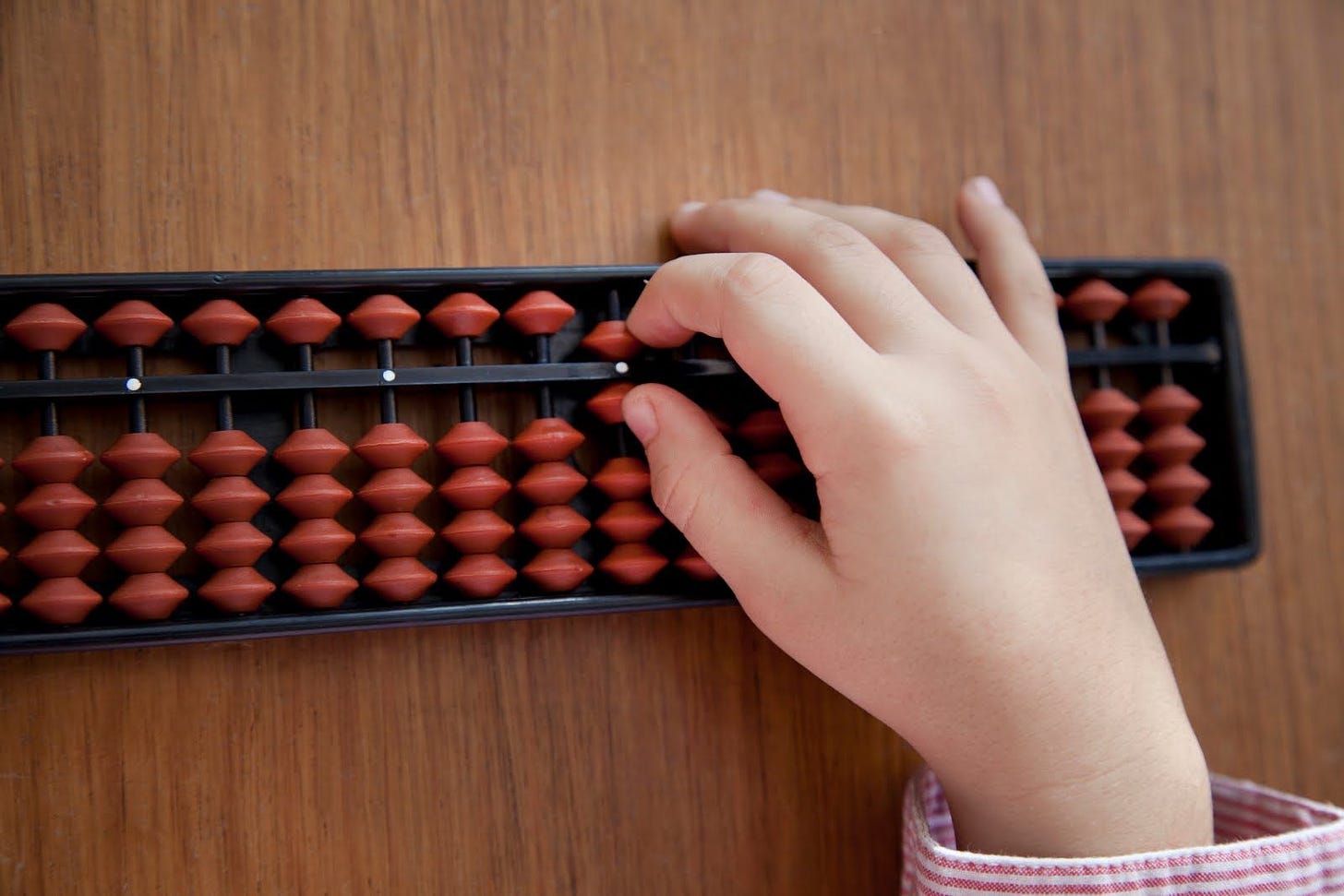
Q: How confident are you that this leads to stupendous feats of mental math?
Not as confident as I’d like to be! I do know that some people go from finger math to sorobans to freaky feats of mental math… but I know that some people don’t progress all the way up. (I also know that some people get to mental math without going this route.)
If anyone has experiences with any of this, I’d love to hear it in the comments.
Can you think of another way this could go terribly, terribly wrong? Frankly, WE WOULD LIKE TO KNOW ABOUT IT. Become a subscriber and join in the comments conversation.
8. Physical space
At home & in a classroom
So long as kids have hands, we’re good.6
9. Who else is doing this?
Just look up “finger math” in YouTube: lots of people around the world are — seemingly especially in India and East Asian cultures? (If anyone knows the story behind this, tell us in the comments.)
How might we start small, now?
Watch a short video on how to count to 99 (and how to do basic arithmetic) on your hands… and then teach it to someone else, and ask them to challenge you.
If you want a guide, I’m in love with The Complete Book of Finger Math, by Edwin Lieberthal. (It’s out of print, but not only are there are lots of used copies, it’s on Kindle for just $10 USD.)
10. Related patterns
This is the start of a big series of math skills. Optionally (before you teach FINGER MATH°) you can teach kids how to use a BASIC ABACUS° (a Western one, with 9 or 10 beads per row). After, teach how to use a BEAD COMPUTER° (a soroban) to quickly calculate even very large numbers. Then, extend that to helping kids to FREAKY FEATS OF MENTAL MATH°.
Why do we care about this? We shouldn’t ignore fun tricks like CALENDAR MATH° (“what day of week will your birthday be on when you’re fifty years old?”)… but the real power of mental math is to be able to learning to live in the world of quantities.
This is science territory! They’ll become skilled at GUESSTIMATES° and start GETTING COMFY WITH BIG NUMBERS°. Eventually they can become MASTERS OF MEASUREMENT°… which will allow them to make FERMI ESTIMATES° as naturally as the rest of us blow our noses.
This is all to say that teaching kids to use their fingers ain’t just a cool-looking trick: it’s a step into an entirely different way of living in the world — the way of modern science.
Afterword:
W’re wrapping up our first Learning in Depth cohort, and I’m working on the official Kickstarter for the first in the series of Egan homeschooling guides! Thanks, as usual, for reading — you’re helping move all this forward.
“Abacuses” not “abaci”, fight me.
That’s what its friends call it.
This region is called the “parietal cortex”. “Parietal” means “wall”, because… the top part of your skull is kinda like a wall? (I think this is dumb name.)
See “embodied cognition” for the general thinking on this, and “the common cortical algorithm” in A Thousand Brains for a specific take I’ve found exciting (though also read Gary Marcus pushing back).
I mean, almost.
What about kids who don’t have hands, you’re asking? At least some people born without arms report swear up and down that they still use their arms to gesticulate. So… possibly finger math could still work for them.




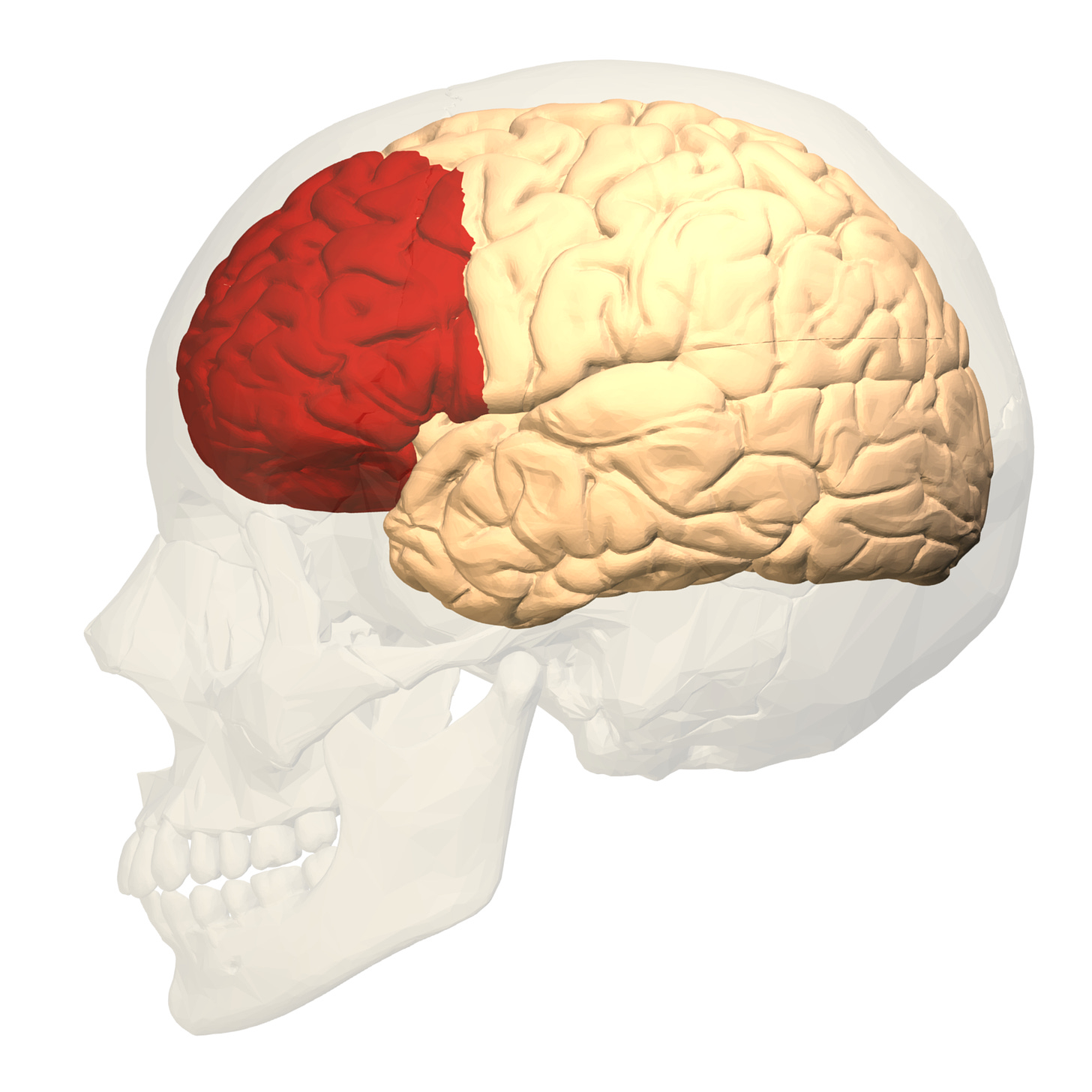
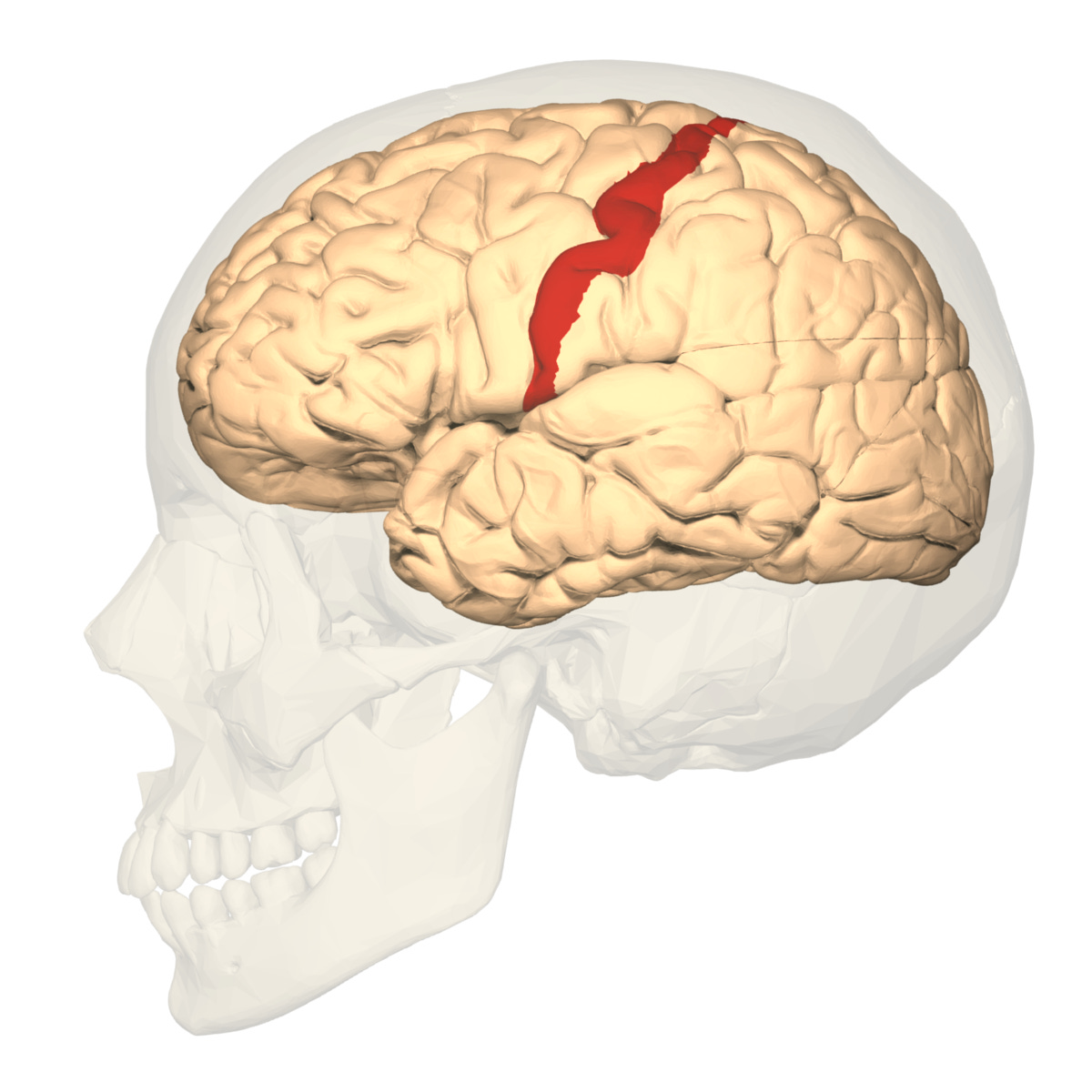
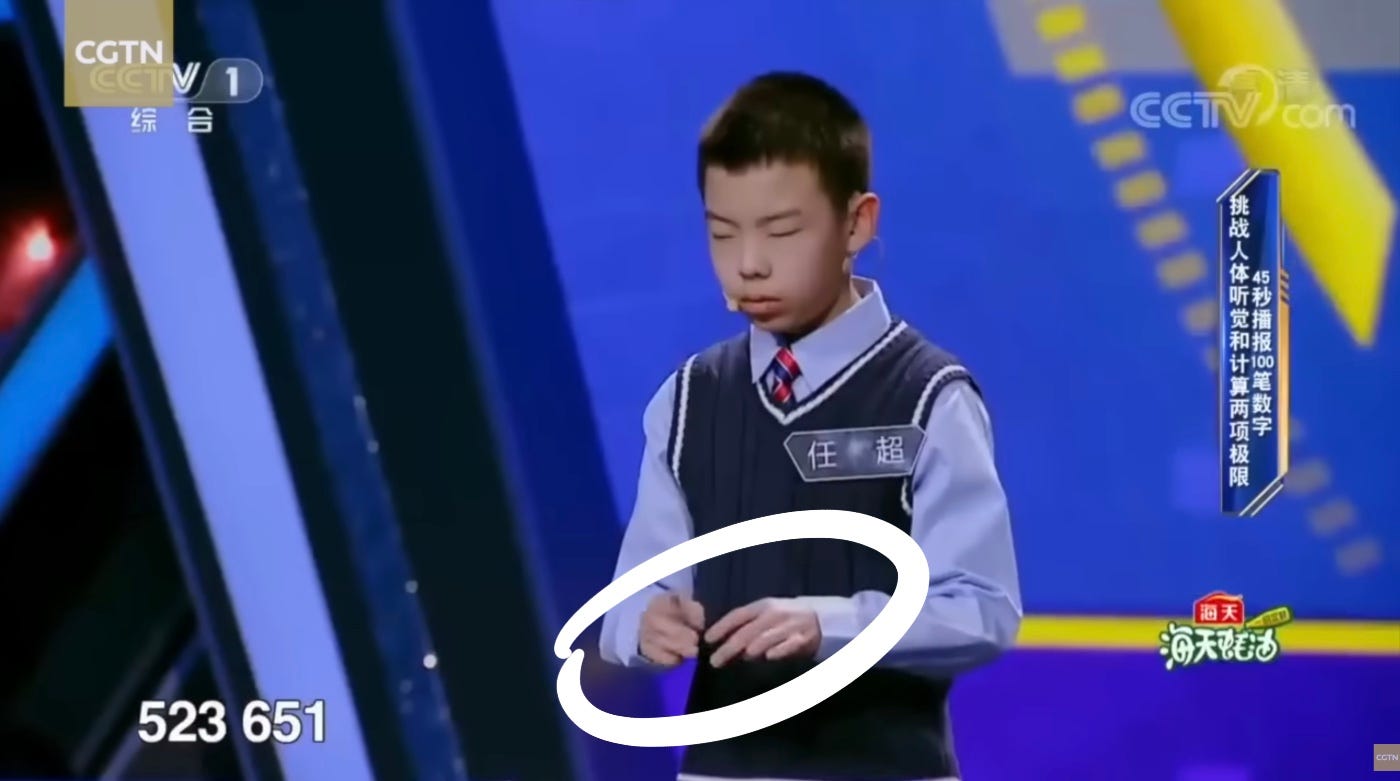
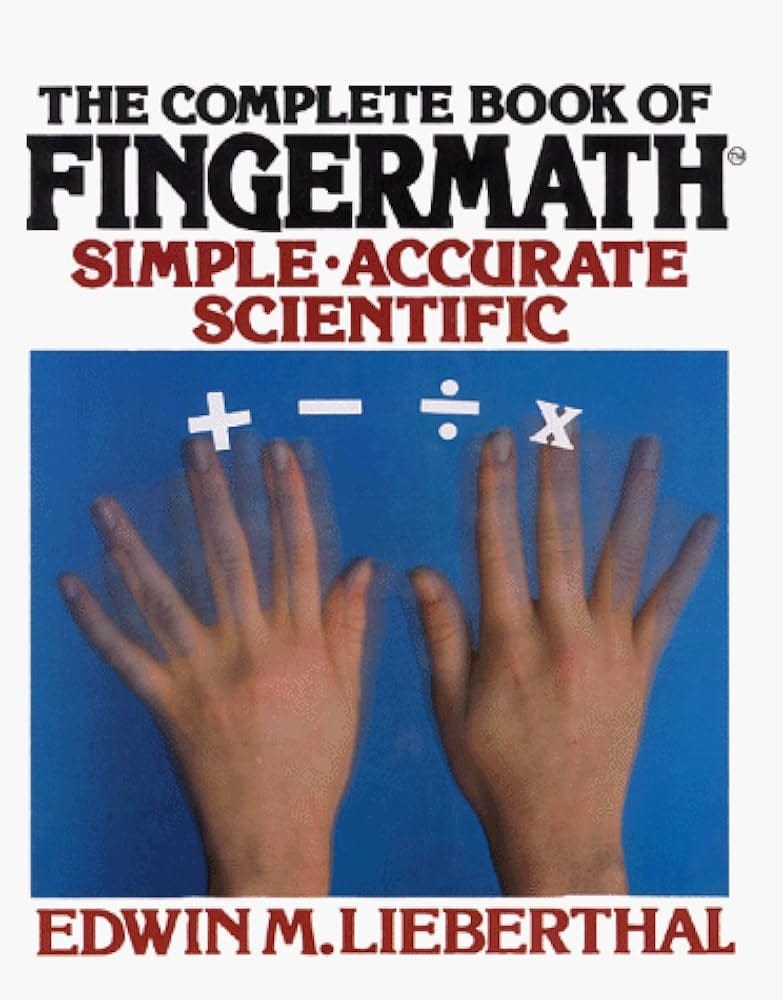
Hey, application! I started doing finger math with my kids after reading this post. We have learned finger counting 1 to 99 and the trick to multiply 6–10. They already knew the trick for multiples of 9. We're going to keep going!
I think just about every Egan post has got a mental thumbs up from me so far (somatic metaphors again!), but this one gets two thumbs up.
A lot of people say math is hard because it involves logical thinking. That can't be true - kindergarten kids can think logically if it's related to something they know and care about! No, the problem with math is that it is ABSTRACT, and people forget to ground it in reality when they teach it. ("New Math" failed, among other things, for that reason.)
On the question how finger math leads to mental math ... there's something I read in a book once but I can't for the life of me remember where. The setting was some Asian kid in a western class where they were trying to teach place-value the abstract way, and it was not going well for the rest of the class. I forget if it was the soroban or the Chinese suan pan, but this kid had been taught on the abacus at home and kept saying things like "Isn't it obvious? To add 8 you add 10 and subtract 2" while demonstrating how you "borrow" a bead from the next row over.
The longhand addition on paper does have to come at some point, but if you're teaching the right way then kids will just go "oh, it's like abacus, but on paper".
(The adult version of the abacus, by the way, is the slide rule. It would not be the worst thing in the world to still teach that.)
Speaking of somatic - there's a bunch of anecdotes about the famous physicist Feynman (https://vamsionnet.tripod.com/syjmf/adbt.htm) such as when a mathematician is describing some theorem and he is picturing it as a "hairy green ball thing".